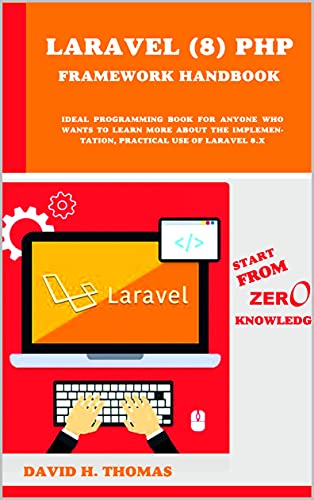Quantum theory of atoms and molecules is vitally important in molecular physics, materials science, nanoscience, solid state physics and many related fields. Introductory Quantum Mechanics with MATLAB is designed to be an accessible guide to quantum theory and its applications. The textbook uses the popular MATLAB programming language for the analytical and numerical solution of quantum mechanical problems, with a particular focus on clusters and assemblies of atoms.
The textbook is written by a noted researcher and expert on the topic who introduces density functional theory, variational calculus and other practice-proven methods for the solution of quantum-mechanical problems. This important guide:
-Presents the material in a didactical manner to help students grasp the concepts and applications of quantum theory
-Covers a wealth of cutting-edge topics such as clusters, nanocrystals, transitions and organic molecules
-Offers MATLAB codes to solve real-life quantum mechanical problems
Written for master's and PhD students in physics, chemistry, material science, and engineering sciences, Introductory Quantum Mechanics with MATLAB contains an accessible approach to understanding the concepts of quantum theory applied to atoms, clusters, and crystals.
Contents
Preface xi
1 Introduction
1.1 Different Is Usually Controversial
1.2 The Plan: Addressing Dirac’s Challenge
Reference
2 The Hydrogen Atom
2.1 The Bohr Model
2.2 The Schrödinger Equation
2.3 The Electronic Structure of Atoms and the Periodic Table
References
3 Many-electron Atoms
3.1 The Variational Principle
3.1.1 Estimating the Energy of a Helium Atom
3.2 The Hartree Approximation
3.3 The Hartree–Fock Approximation
References
4 The Free Electron Gas
4.1 Free Electrons
4.2 Hartree–Fock Exchange in a Free Electron Gas
References
5 Density Functional Theory
5.1 Thomas–Fermi Theory
5.2 The Kohn–Sham Equation
References
6 Pseudopotential Theory
6.1 The Pseudopotential Approximation
6.1.1 Phillips–Kleinman Cancellation Theorem
6.2 Pseudopotentials Within Density Functional Theory
References
7 Methods for Atoms
7.1 The Variational Approach
7.1.1 Estimating the Energy of the Helium Atom.
7.2 Direct Integration
7.2.1 Many-electron Atoms Using Density Functional Theory
References
8 Methods for Molecules, Clusters, and Nanocrystals
8.1 The H2 Molecule: Heitler–London Theory
8.2 General Basis
8.2.1 Plane Wave Basis
8.2.2 Plane Waves Applied to Localized Systems
8.3 Solving the Eigenvalue Problem
8.3.1 An Example Using the Power Method References
9 Engineering Quantum Mechanics
9.1 Computational Considerations
9.2 Finite Difference Methods
9.2.1 Special Diagonalization Methods: Subspace Filtering References
10 Atoms
10.1 Energy levels
10.2 Ionization Energies
10.3 Hund’s Rules
10.4 Excited State Energies and Optical Absorption
10.5 Polarizability
References
11 Molecules
11.1 Interacting Atoms
11.2 Molecular Orbitals: Simplified
11.3 Molecular Orbitals: Not Simplified
11.4 Total Energy of a Molecule from the Kohn–Sham Equations
11.5 Optical Excitations
11.5.1 Time-dependent Density Functional Theory
11.6 Polarizability
11.7 The Vibrational Stark Effect in Molecules
References
12 Atomic Clusters
12.1 Defining a Cluster
12.2 The Structure of a Cluster
12.2.1 Using Simulated Annealing for Structural Properties
12.2.2 Genetic Algorithms
12.2.3 Other Methods for Determining Structural Properties
12.3 Electronic Properties of a Cluster
12.3.1 The Electronic Polarizability of Clusters
12.3.2 The Optical Properties of Clusters
12.4 The Role of Temperature on Excited-state Properties
12.4.1 Magnetic Clusters of Iron
References
13 Nanocrystals
13.1 Semiconductor Nanocrystals: Silicon
13.1.1 Intrinsic Properties
13.1.1.1 Electronic Properties
13.1.1.2 Effective Mass Theory
13.1.1.3 Vibrational Properties
13.1.1.4 Example of Vibrational Modes for Si Nanocrystals
13.1.2 Extrinsic Properties of Silicon Nanocrystals
13.1.2.1 Example of Phosphorus-Doped Silicon Nanocrystals
About the book:
Publisher: Wiley-VCH
Language: English
Pages: 224








